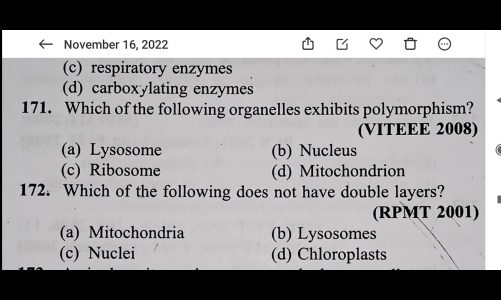#BetaCellExhaustion #DiabetesMellitus #Biochemistry
In this visual medical lecture, Dr. Aizaz from MedicoVisual talks about Beta cell exhaustion and beta cell failure due to Insulin Resistance in Type 2 Diabetes Mellitus:
00:00 Why beta cells are exhausted due to Insulin Resistance
01:20 Pathogenesis of Type 2 Diabetes Mellitus
02:47 How beta cell exhaustion and failure occur
02:56 ER Stress and to protein misfolding
09:32 Pancreatic Amyloid Deposits
12:45 Excessive Reactive Oxygen Species (ROS) generation due to nutrition overload
16:03 Basic concept of Beta oxidation of fatty acids
19:11 How Electron Transport Chain normally works
23:04 How Superoxide radical is formed during electron transport chain (Dive into Chemistry)
28:44 How Complex 4 of ETC prevent excessive ROS generation
32:34 How overnutrition leads to excessive ROS generation
35:10 Lipotoxicity and Glucotoxicity
Beta cell exhaustion:
When the beta cells create more than normal insulin, they can compensate and prevent hyperglycemia and diabetes does not occur. However, after prolonged stress of working day and night to create and secrete more insulin, they will ultimately begin to exhaust. The end result will be loss of beta cells. (Similar to type 1 DM)
It is believed that insulin resistance alone does not usually result in T2DM, because beta cells can continue to compensate. But when beta cells begin to fail, Diabetes may ensue. It is noteworthy that initially few cells are lost, and insulin level may remain normal or even slightly raised in T2DM. However, this level of insulin still isn’t enough to bring the blood glucose level to normal.
But then the question arises, how exactly does beta cell failure occur?
We will answer the question in this visual medical lecture.
The causes in a nutshell are:
1. ER Stress and Amyloid deposition
2. ROS generation due to overnutrition
3. Lipotoxicity:
i. It can generate the ROS by ramping up the ETC as discussed previously.
ii. Lipids like DAG and Ceramides can trigger Protein Kinase C mediated signaling pathway aberrantly which can lead to activation and inactivation of many different pathways in abnormal fashion.
iii. Lipids are nonpolar and hydrophobic in nature; they can abnormally interact and bind with hydrophobic amino acids of cellular proteins that can render the protein to malfunction.
iv. Too many stored lipids inside the cell can put physical strain onto the cell.
4. Glucotoxicity:
Excess of everything including glucose is bad. Glucose can damage the cells through multiple different ways. It can also damage beta cells.
i. Similar to lipids, it can also generate ROS which can damage the cellular components
ii. Glucose can form some compounds that can covalently bind with cellular proteins causing impairment of their function. Such proteins are called Advanced Glycation Endproducts.
source



